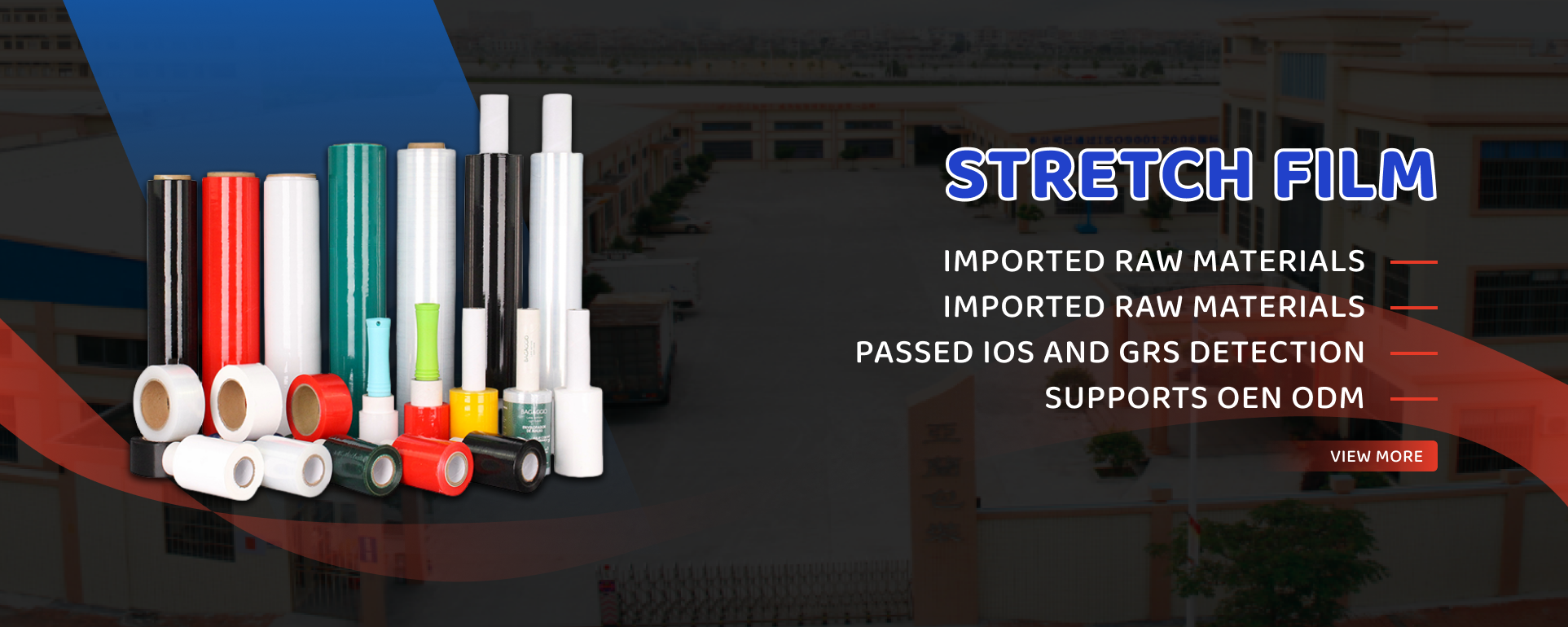I. Introduction
Stretch film is a type of plastic film used to secure goods on pallets and protect them in storage or transit. The main advantage of it is its elastic feature, which hows perfect adhesive properties making the perfect solution for a variety of uses. There are many choices for stretch film out in the market but choosing where to buy your machine film means looking at quality, type and cost versus environmental impact.
II. Things to evaluate while acquiring Stretch Film
There are numerous factors that must be taken into consideration when selecting the appropriate stretch film to use for your packaging needs, including how it will perform in-transit, its total cost and sustainability. This will be a more in depth look at the vital things you need to consider.
A. Quality of the Film
1. Ingredients: Film ingredients, knowing identity like linear low density polyethlene (LLDPE), PVC; playing positive & negative impact on film flexibility and stretch-resistance
2. Thickness & Gauge: The gauge of the plastic film refers to its thickness which determines how strong and puncture resistant it is. The higher the gauge on a film, usually means its heavier and stronger (resistive to rips/tears) but also more expensive.
3. Clarity and Transparency – Clarity is an important factor as it helps in the easy identification of contents stored in a particular cover whereas transparency extends to make sure that film does not obstruct the view of PRODUCTS.
4. Elasticity and Memory: A good stretch film should both have a high flexibility to match the shape of the load, as well move back after being stretched.
5. Hold: A stretch film should securely hold the load in place so that it doesn't shift, slide or come off while being moved throughout a warehouse or shipped across an ocean.
B. What Type of Stretch Film Is Necessary
1. Hand Stretch Film: Ideal for low to medium volume applications and odd shaped loads which manual wrapping is an option.
2. Machine Stretch Film:Designed for high-speed, automated machines in packaging environments.
3. Pre-Stretched vs. Cast vs. Blown: Pre-stretch film gives the most cost-effectiveness and efficiency, whereas cast films can provide superb clarity, strength,and level of toughness but is not as effective as pre-stretch films; similarly to that blown which tougher then cast or module more likely useable outdoors near a sea region area because it fortifies against extreme temperature changes plaguing on unnecessary moisture onto goods inside palletizing merchandise(train).
4. Custom films—UV inhibitor, anti-stat and valve slit openings are particular adaptations to the packaging designed based on what [...]
C. Environmental Impact
1. Recyclability: Use films that can be recycled or are biodegradable in nature to reduce the impact on our planet.
2. Source material: Select vendors who responsibly source and manufacture their films.
3. Less Waste: Films which use lesser material to do the same thing reduce waste.
4. Energy Efficiency: Determine what kind of energy the production process consumes and choose films that are made in a resource-friendly way.
D. Cost-Effectiveness
1. Unit Price vs Total Cost: While unit price is crucial, do the math to calculate your total cost by assessing how much film you are using per pallet and how often changeovers are happening.
2. Load Control: Calculate how many loads the film requires to be Carbon free. The film is more efficient reducing the amount of stock (waste) and ultimately less expensive.
3. Durability And Longevity: Films are more durable and last longer, which can prevent the need to replace film frequently over time.
4. Labor Costs: Rate the ease of application, and if there is a need for specialized equipment or training that might impact labor costs.
E. Performance on Changing Sets of Conditions
1. Secure the HoleSaw: Temperatures ranges.transit, to storage temperatures, through exposure for outdoor applications as well.
2. Resistance to Elements: Depending on the storage and transport environment, the film should still provide protection against dust, moisture as well UV rays.
3. Puncture and Abrasion Resistant: Ideal for sharp edge loads or handling rough materials.
F Compatible with Equipment
1. Dispenser Compatibility: Be sure the film is compatible with your current dispensing equipment in order to avoid costly upgrades or changes in wrapping technique.
2. Machine Compatibility — Make sure that, for the automated wrapping system you are running this material through, it plays nice with your specific make and model machine.
G. Regulatory Compliance
1. At a minimum, you want the film to conform with safety and health standards especially in food packaging or healthcare use cases.
2. Regulations by industry: Remember to get information about the choice of stretch film based on regulations issued for a particular industry.
Customer Service and Support
1. Technical Support: A supplier should ensure that technical support is available to assist you with the selection of film and in troubleshooting any application issues.
2. Custom solutions: Need a certain product, suppliers should be able to offer customization solutions or recommend the best film for your unique application.
3. After Sale Services – Be sure to also ponder over after sale services like warranty, return and predictable responsive–ness on customer queries.
I. Reputation and Reviews
1. MarketImage: Consider the market image or check with other suppliers for their consistency in providing quality goods and stability.
2. Consumer Testimonials: Go through customer reviews and feedback to ascertain the supplier's efficiency in addition to stretch film grade.
3. Industry accreditation / Look for suppliers with industry certifications which are evidence of their dedication to quality and service.
III. Assessing stretch film quality
4 Ways to Assess Stretch Film Quality
Stretch film quality analysisThere are many important factors in determining the characteristics of stretch wrap properties herein to look at how they affect its performance and adaptability for different uses.
A. Material Structure
Stretch film quality is determined by the stretch film structure. Linear Low-Density Polyethylene (LLDPE): Most stretch films are made from the Class 4 resin linear low density polyethylene, which differs structurally in that elements within its molecular chain have short branches.
The essential properties of the film are improved by incorporating additives like resins to increase strength and elasticity, and clarifiers for transparency. Additives for UV resistance or enhanced cling may be incorporated as part of specialized functions.
B. Manufacturing Techniques
The manufacturing process can have a significant impact on the quality of your film. This is done in two main ways;
Blown Film Extrusion: It generates a high tensile strength and puncture-resistant film however less safe because clarity. During this process, molten resin is extended into a tube, then the latter will be blown up and compressed.
Pros: can produce film with good clarity & uniform thickness; may be slightly less stronger Cast Film Extrusion A stream of melt is extruded through a slot die onto the surface‐of an internally cooled vertical casting roll to solidify into film.
C. Pre-Stretching
It also helps the film do what it does best, holding items together by pre stretching so the HDFilm is stronger and will stretch to conform around edges or odd shapes. This is a type of strap that come with incredibly strong edges, making them perfect to hold any load sharp-edged or in the event you are carrying an unusual object.
D. Specialized Stretch Films
There are different types of stretch films for every purpose, and each type provides a unique advantage:
High Clarity Films: Excellent for visibility of products on pallets and enables easy identification & visual inspection with high transparency property in the stretched version.
UV Inhibitor Films: Protect goods outdoors from the all-destructing powers of sun.
IV. Comparative pricing and mass purchase
A. Bulk Pricing
Buy in Bulk (if inexpensive) to save money. With the help of online platforms and direct manufacturer deals, you get effective bulk pricing.
B. Cost-Effective Solutions
Based on the economic comparison between performance, material savings and potential reduction in product damage or labor cost, we evaluated from 2 parties which could be more practical.
V. Stretch films and their uses in different types:
A. Hand Stretch Film
Hand stretch film provides ease and efficiency small scale businesses. Thicknesses and widths are a chage, depending on what its used for.
B. Machine Stretch Film
Designed for automatic wrappers, the film can handle high pre-stretch patterns delivering optimal load stability and protection.
C. Specialized Films
Industry-specific films include pre-stretched, colored (including clear) and UV inhibitor + vented equivalents that are designed to meet specific applications in a variety of different markets for the ultimate packaging solution.
VI. Making the Right Choice
After all, when choosing where to buy stretch films you must choose the best based on their reputation, service and after-sales support. Look for suppliers that:
Offer a variety of products to meet different customer needs
Clearly, Accurately Describe the Product
Be proven in reliability and quality
VII. Conclusion
The hunt for the best quality, kind, and eco-friendly affordable stretch films boils down with stretching your money in choosing where to buy people get flocking that is established around on top. Taking into account these factors, and that the business has done their research when it comes to supplier due diligence guarantees an informed decision which supports packaging requirements as well as sustainability goals.


